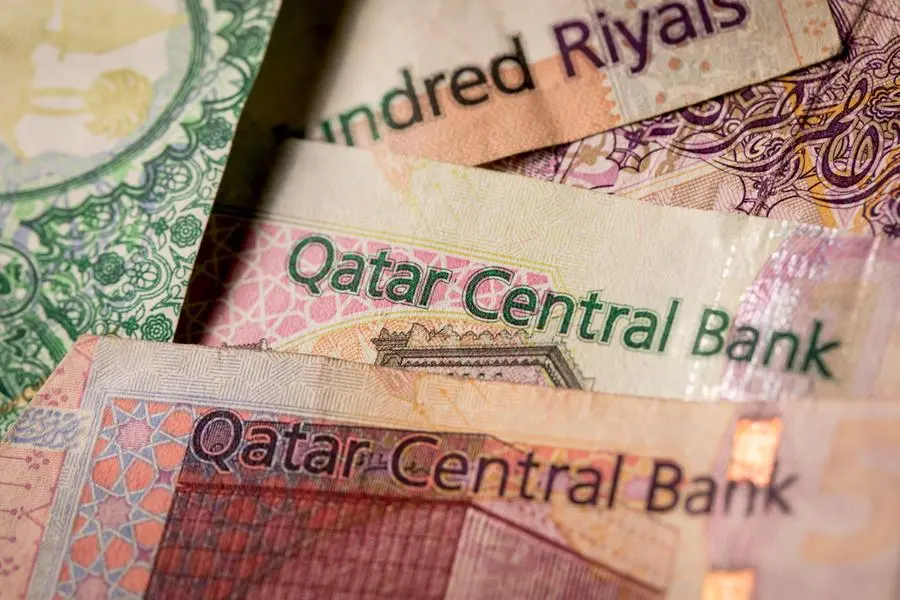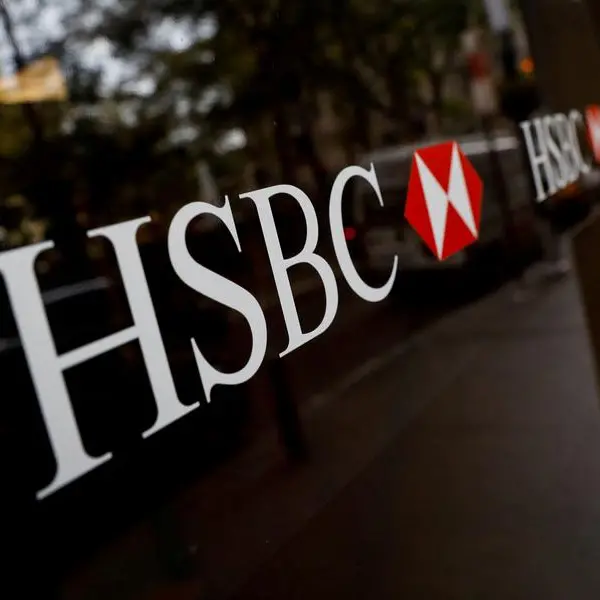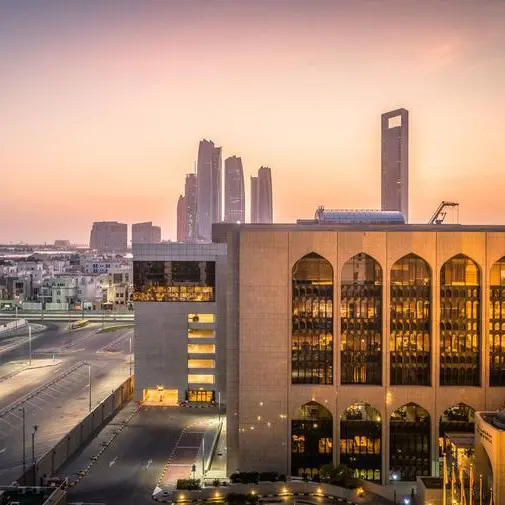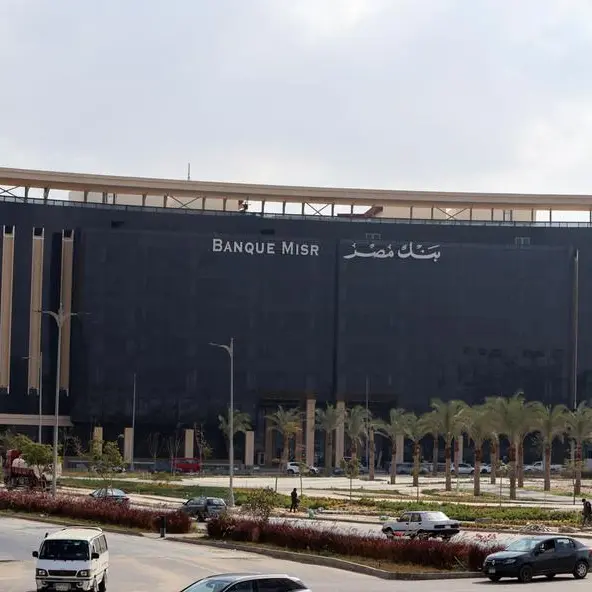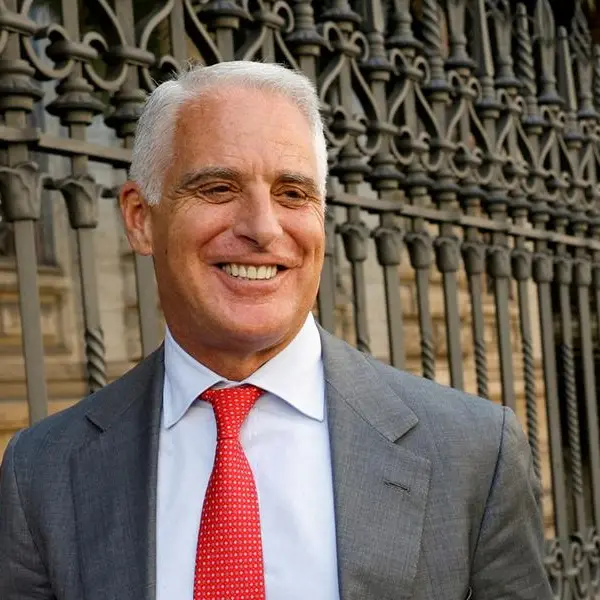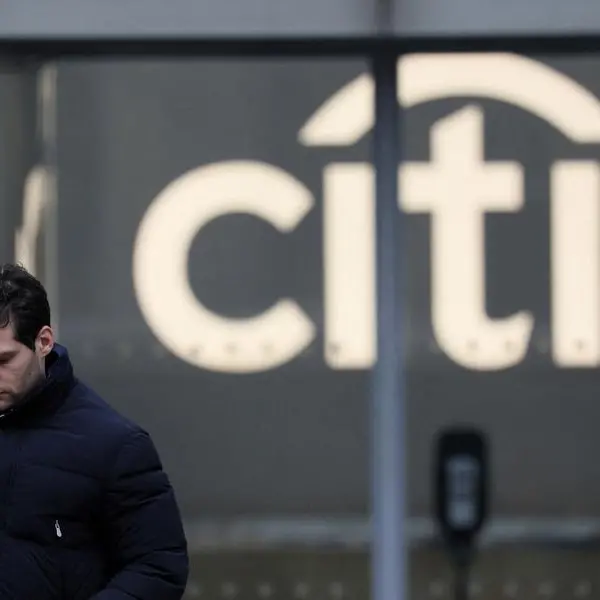PHOTO
Qatari riyal banknotes issued by the Qatar Central Bank. Photographer: Jason Alden/Bloomberg, Getty Images
Despite being well capitalised on the back of high profitability, Qatari banks have been extraordinarily active in the international debt markets this year as they race to lock in lower borrowing costs for refinancing 2024 maturities as well as to diversify funding sources within an easing monetary cycle.
Banks in the gas-rich state have so far this year issued debt over $5.5 billion compared to around $2 billion for the whole of 2023, according to Fitch Ratings.
In terms of numbers, Qatari bank issuances increased 68% year-on-year (YoY) in the first half of 2024 to reach 42 new issuances, compared to 25 during the same period last year, according to Dubai-based financial services firm Arqaam Capital.
Recent issuances include Qatar Islamic Bank’s $750 million five-year sukuk, at a profit rate of 4.485%.
In September, the Commercial Bank of Qatar (CBQ) sold its debut green bond, raising 225 million Swiss francs ($247 million).
Islamic bank Dukhan Bank, which is majority owned by the Qatari government, placed a $800m five-year sukuk earlier this month.
There have also been capital trades. The Qatar National Bank (QNB) privately placed $40 million in fixed-to-floating rate subordinated notes, structured to qualify as Tier 2 capital.
The Qatar International Islamic Bank (QIIB) issued $300 million Additional Tier 1 sukuk, becoming the only Qatari bank to issue a US dollar AT1 so far this year.
Amin Sakhri, the country director for Qatar at Fitch, told Zawya that two main drivers are behind this pick-up in issuances: a higher amount of debt maturing this year, at around $4.3 billion, as well as the more favourable financing conditions as rates decrease. The trend is set to continue.
“In 2025, we expect the momentum in issuance by Qatari banks to remain strong, with around $7 billion in bonds and sukuk maturing on the back of a continuing decrease in borrowing costs,” he added.
They are primarily issuing senior unsecured US dollar–denominated bonds, both to refinance 2024 maturities and lock in attractive all-in costs for long-term funding, Fady Gendy, Senior Fixed Income Portfolio Manager at Arqaam Capital, told Zawya.
Qatari banks are highly dependent on external funding. During the years it was subjected to an economic blockade by its GCC neighbours, massive amounts of external funds were withdrawn from the banking system—up to 13% of the GDP, according to some estimates—causing stress in the system until the government stepped in to replace the liquidity via the central bank and the sovereign wealth fund, the Qatar Investment Authority.
Even after the economic embargo was lifted, Qatari banks made sure they diversified funding across geographies and maturities to forestall and mitigate similar future risks, hence the rush to diversify into other currencies and list them in international markets like the London Stock Exchange, the SIX Swiss Exchange and the Taipei Stock Exchange. Recent issuances have included Formosa bonds and Swiss franc–denominated bonds.
“Their balance sheet is very diversified, so they also try to diversify their liabilities, looking to issue eurobonds or Formosa bonds so there is no reliance on one currency or geography,” Chiradeep Ghosh, a banking analyst at Bahrain-based SICO Bank, told Zawya.
“Select Qatari banks, including the QNB and CBQ, have been active in the private placement market for many years now and will print in whatever currency or format end-investors are targeting (with most of these issuances being swapped back into USD),” Gendy added.
Among the world's top exporters of liquefied natural gas (LNG), Qatar is expected to record only modest GDP growth in 2024 and 2025. However, growth is expected to soar when its North Field Expansion Project—upsized after the recent discovery of new gas reserves and the signing of new supply contracts in Europe and Asia—comes online in 2026–2027, making it one of the fastest growing economies in the GCC.
According to Ghosh, the project will be crucial for the Qatari banks. He said the loan book driver for them would primarily originate from the Northfield Expansion Project over the next few years, with limited borrowing demand from other projects.
“We believe that, except for QNB, banks would not be looking to directly lend to the project but rather to the associated contractors, smaller firms, etc. So the prime loan growth would be relatively modest this year, before picking up from around mid-2025.”
Strong capital cushions
Qatar (Aa2/AA/AA) is also aiming to boost growth beyond the hydrocarbon sector, underpinned by its Third National Development Strategy, which will push investments into clean energy, logistics, sports and tourism, etc.
But according to Moody’s, non-oil GDP growth remains “well below the 5.7% achieved in 2022, when Qatar hosted the FIFA World Cup and benefited from related infrastructure and investment activity”.
However, what is not an issue within the Qatari banking system is stress on the regulatory capital cushions.
Sakhri said the Qatari banks’ CET1 ratios improved by around 90 basis points at the end of H1 2024 versus end-2023, with the average CET1 ratio standing at 15.6% at end-H1 2024.
“There are no capital or liquidity concerns within the Qatari banking system. The banks are possibly refinancing maturing debt and renegotiating terms on existing and fresh issuances at a time when the interest rates have started declining,” said SICO’s Ghosh.
“Subdued loan growth also means there is less pressure to raise capital, whether via AT1 issuances or otherwise, in contrast to what we are seeing from Saudi Arabia,” Gendyadded .
In addition, the levels of loan delinquency are low among Qatari lenders.
Their aggregate profitability in the first six months of 2024 was up 8% from the year earlier, said Moody’s Ratings of the banks it rates. The rise in profitability was largely driven by an 8% increase in net interest income and lower loan loss provisioning. The rating agency expects Qatari banks’ net profits to remain stable through H2 2024.
In the international markets, it also helps that there is robust investor demand for Qatari debt due to the strong credit rating for the government as well as most banks.
“Qatari bank debt is typically rated single A on average and benefits from implicit government support and a history of explicit backing during prior crises; for example, the global financial crisis and the Qatar boycott. This underpins demands from rating-sensitive end investors; for example, Asian insurers, supras and banks,” said Gendy.
(Reporting by Brinda Darasha; editing by Seban Scaria)
